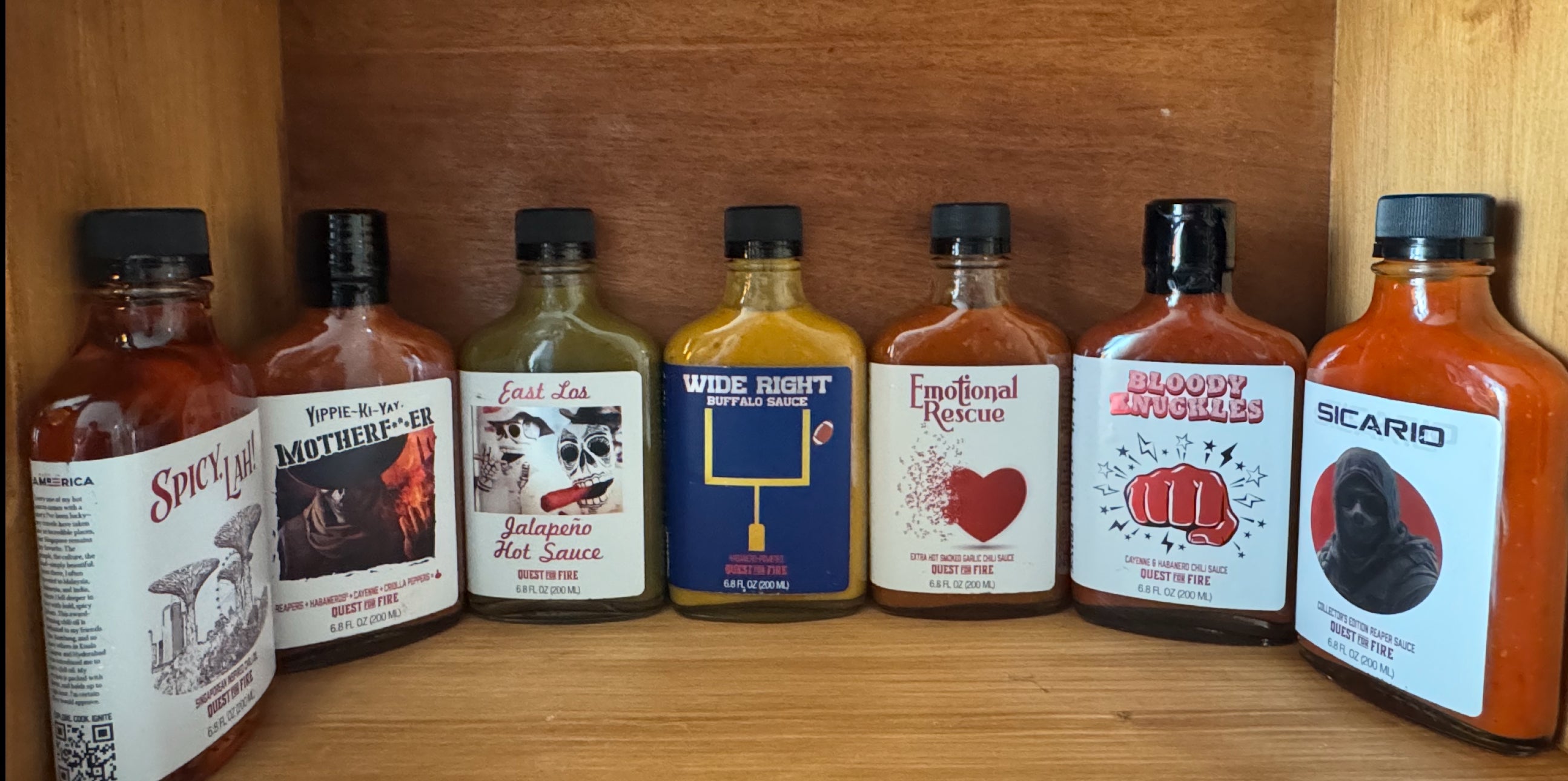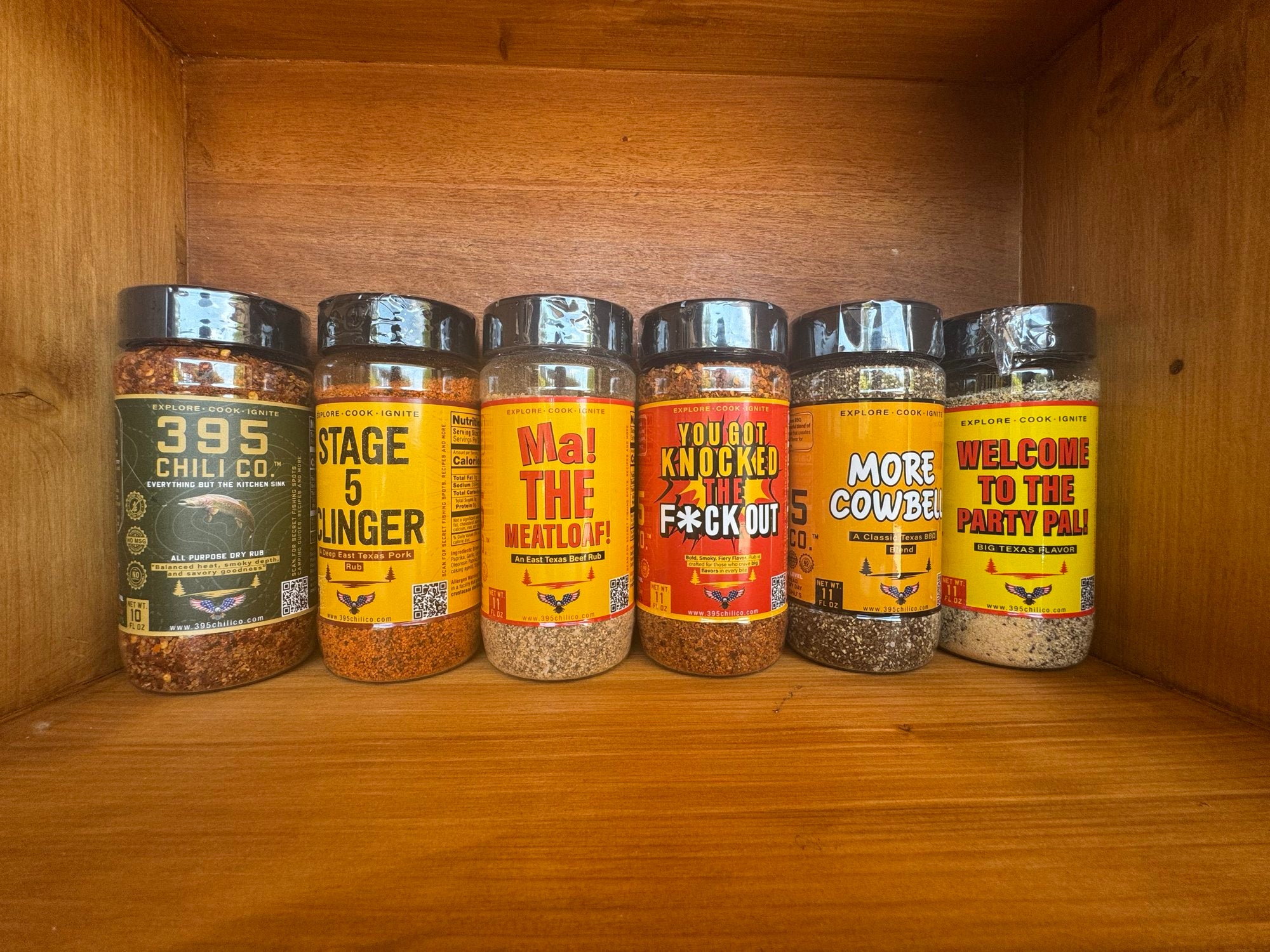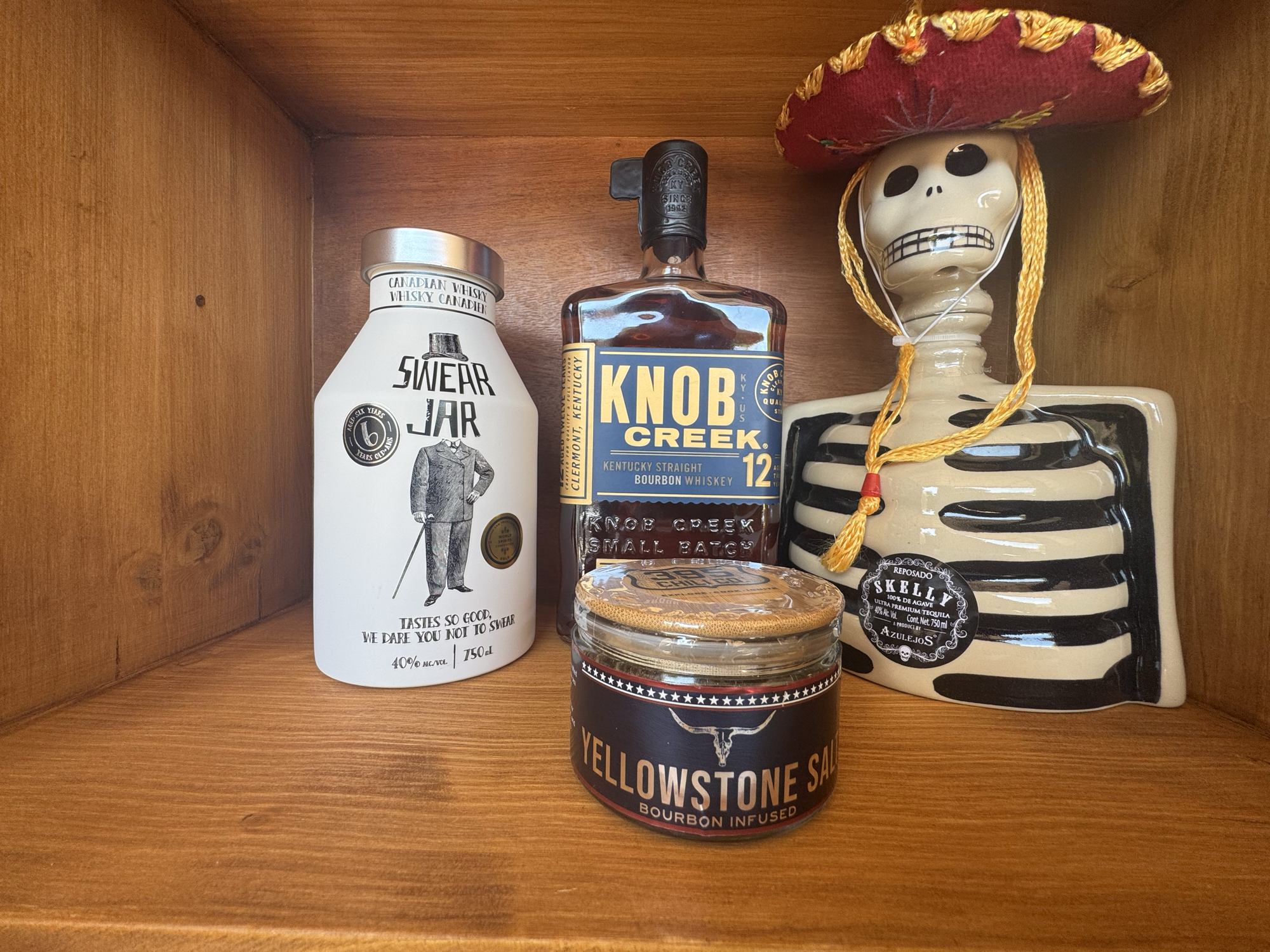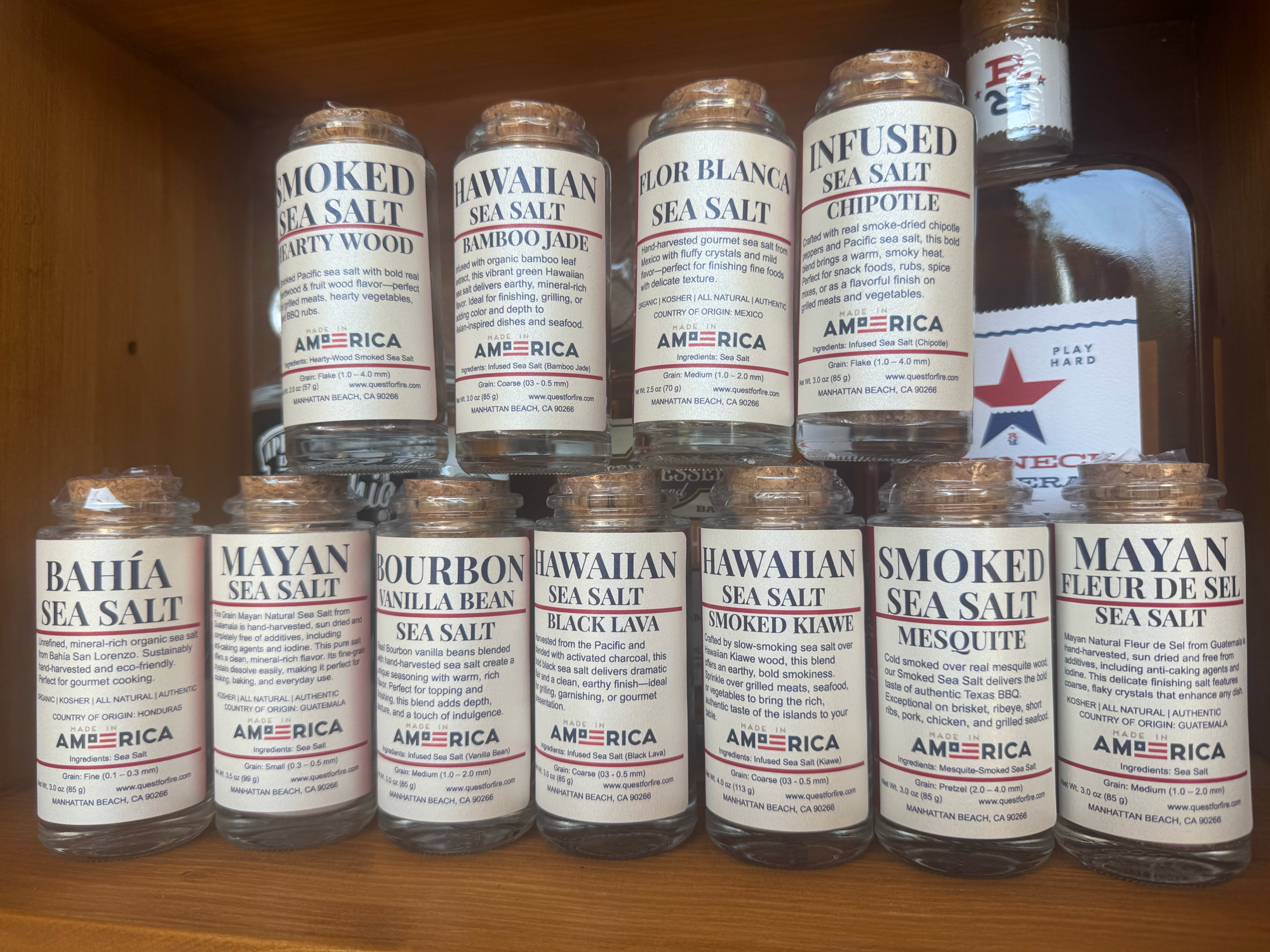Dry Rub vs. Marinade vs. Brine: When to Use Each and Why
The key to juicy, flavorful meat lies in how you prep it before cooking. Whether you're grilling, smoking, roasting, or pan-searing, choosing between a dry rub, marinade, or brine can make all the difference.
In this guide, we'll break down:
✅ What Each Method Does – Understanding dry rubs, marinades, and brines
✅ When to Use Each – Matching the right technique to your protein
✅ How to Apply for Maximum Flavor – Pro tips for seasoning meat like a pro
✅ Best Seasonings, Herbs, and Spices for Each Method
🔥 Let's dive in!
🔥 What Is a Dry Rub? (Bold Flavor & Crispy Bark)
A dry rub is a blend of spices, herbs, salt, and sugar that’s rubbed directly onto meat to create a flavor-packed crust when cooked.
✔ Adds Deep Flavor – Without extra moisture, rubs create a flavorful exterior.
✔ Best for BBQ, Grilling & Smoking – Enhances the “bark” on smoked meats.
✔ No Extra Liquid – Won’t interfere with crispy textures.
✔ Quick Application – No need to wait hours for flavor to develop.
Best Meats for Dry Rubs
✅ Steaks – Adds a crust without overpowering the meat
✅ Ribs & Brisket – Helps form a thick, smoky bark when slow-cooked
✅ Chicken Wings – Perfect for crispy grilled or fried wings
✅ Pork Chops – Locks in flavor before grilling
✅ Fish & Seafood – Works well with milder spice blends
🔥 Pro Tip: Massage the rub deeply into the meat and let it sit for at least 30 minutes before cooking.
🔥 What Is a Marinade? (Tender & Flavor-Infused Meat)
A marinade is a liquid-based mixture that meat soaks in to tenderize and add deep flavors. Marinades typically contain:
✔ Acid – Vinegar, citrus, or yogurt break down muscle fibers for tenderness.
✔ Oil – Carries flavors into the meat and prevents drying out.
✔ Spices & Herbs – Adds aromatic complexity.
Best Meats for Marinades
✅ Chicken – Absorbs flavors deeply, making it perfect for grilling & roasting.
✅ Beef Fajitas – Helps tenderize tougher cuts like skirt steak.
✅ Pork Tenderloin – Keeps it juicy when grilled or roasted.
✅ Seafood & Fish – Brightens delicate flavors without overpowering.
✅ Lamb – Reduces gamey flavors and enhances tenderness.
🔥 Pro Tip: Marinate for 1-24 hours (depending on the meat) to let the flavors penetrate. Over-marinating (especially in acidic marinades) can make meat mushy.
🔥 What Is a Brine? (Juicy, Moist & Flavor-Packed Meat)
A brine is a saltwater solution used to lock in moisture and enhance natural flavors. Unlike marinades, brining doesn’t overpower—it makes meat juicier and more seasoned throughout.
✔ Prevents Drying Out – Perfect for lean meats that dry out easily.
✔ Deeply Penetrates Meat – Salt and water get inside the muscle fibers.
✔ Best for Smoking & Roasting – Keeps meat tender during long cooks.
Best Meats for Brining
✅ Turkey & Chicken – The best way to ensure ultra-juicy poultry.
✅ Pork Chops & Ribs – Prevents lean cuts from drying out.
✅ Shrimp & Seafood – A light brine keeps seafood from turning rubbery.
✅ Brisket & BBQ Ribs – Improves moisture retention during slow cooking.
🔥 Pro Tip: Brining takes time! Most meats should brine for 4-24 hours, depending on size.
🔥 When to Use a Dry Rub, Marinade, or Brine
| Meat Type | Best Method | Why? |
|---|---|---|
| Steak | Dry Rub | Adds a flavorful crust without moisture. |
| Brisket | Dry Rub + Brine | Brining locks in moisture; rub forms a smoky bark. |
| Chicken (Whole) | Brine or Marinade | Brine keeps it juicy; marinade adds deep flavor. |
| Chicken (Pieces) | Marinade or Dry Rub | Marinades add moisture; dry rubs enhance crispiness. |
| Ribs | Dry Rub + Brine | Brine keeps them moist; rub creates a BBQ crust. |
| Pork Chops | Brine or Dry Rub | Brine prevents dryness; rub adds bold flavor. |
| Seafood | Brine or Marinade | Brine firms up texture; marinades add brightness. |
🔥 Pro Tip: Combine methods! Use a brine for moisture, then a rub for flavor.
🔥 Pro Tips for Maximum Flavor
✅ Apply Rubs the Right Way – Press firmly into the meat for full coverage.
✅ Don’t Over-Marinate – Acidic marinades can break down proteins too much.
✅ Brine for the Right Time – Poultry needs 8-24 hours, seafood only 15-30 minutes.
✅ Layer Flavor – Use a brine first, then a rub for the best BBQ results.
🔥 Want the best rubs & marinades? Check out our handcrafted spice blends & seasonings! 🚀
Keywords
✔ Dry rub vs marinade vs brine – which is best?
✔ Best dry rub for BBQ chicken
✔ How to marinate steak for grilling
✔ Why do you brine a turkey?
✔ Difference between dry rub and marinade
✔ How long to brine pork chops
✔ Best marinades for grilled fish
✔ How to make a dry rub for brisket
✔ Marinade vs dry rub for ribs
✔ How to brine shrimp for grilling




